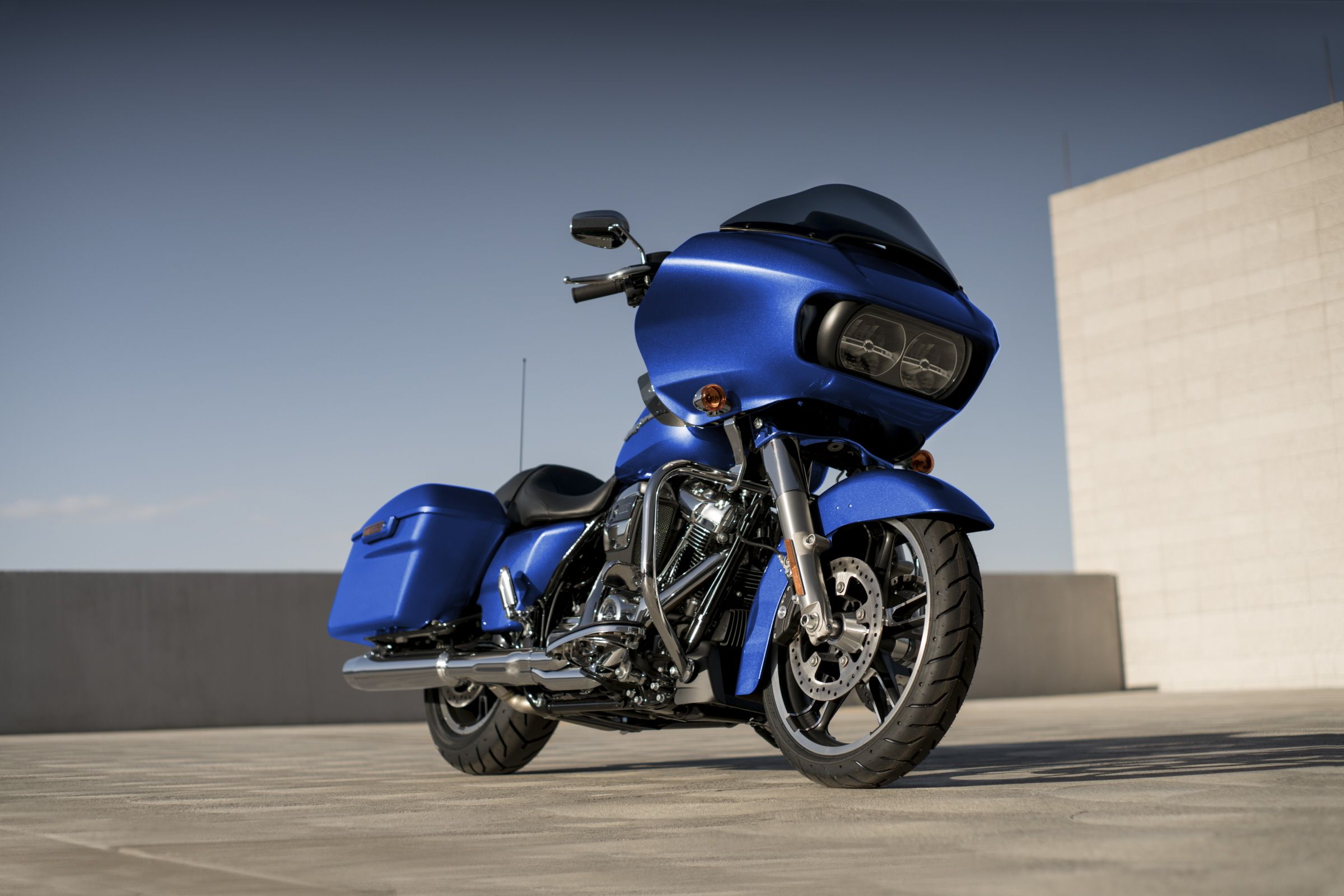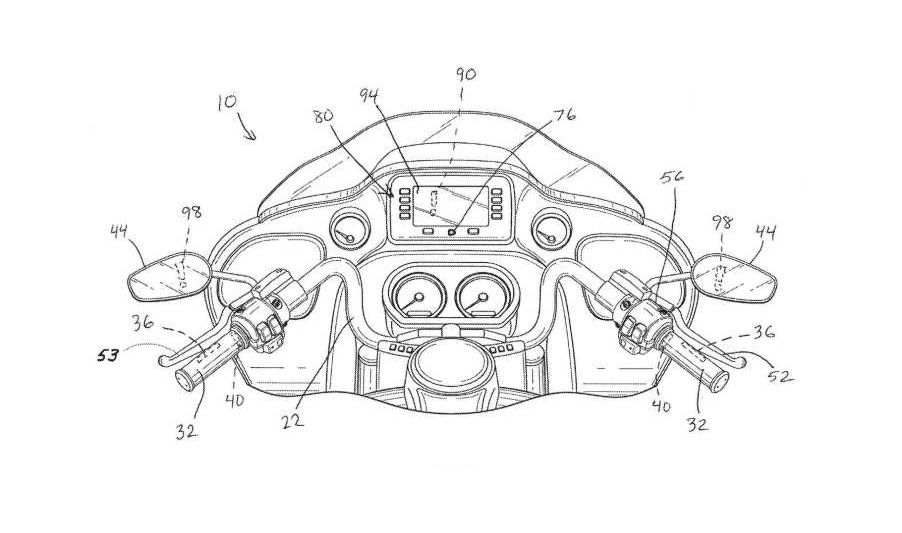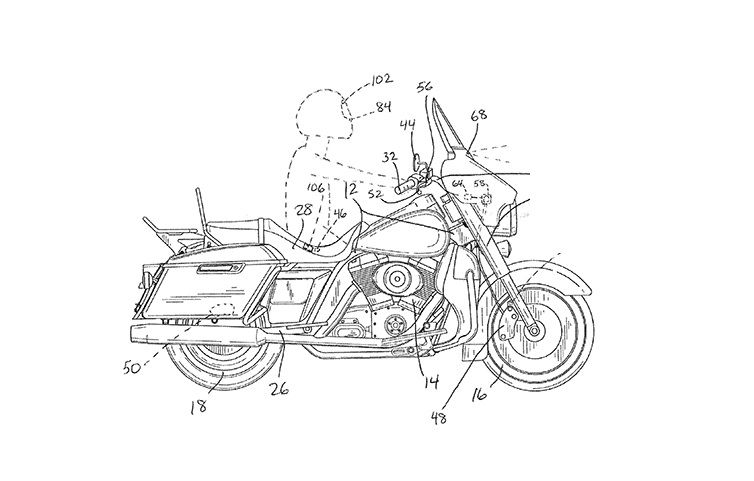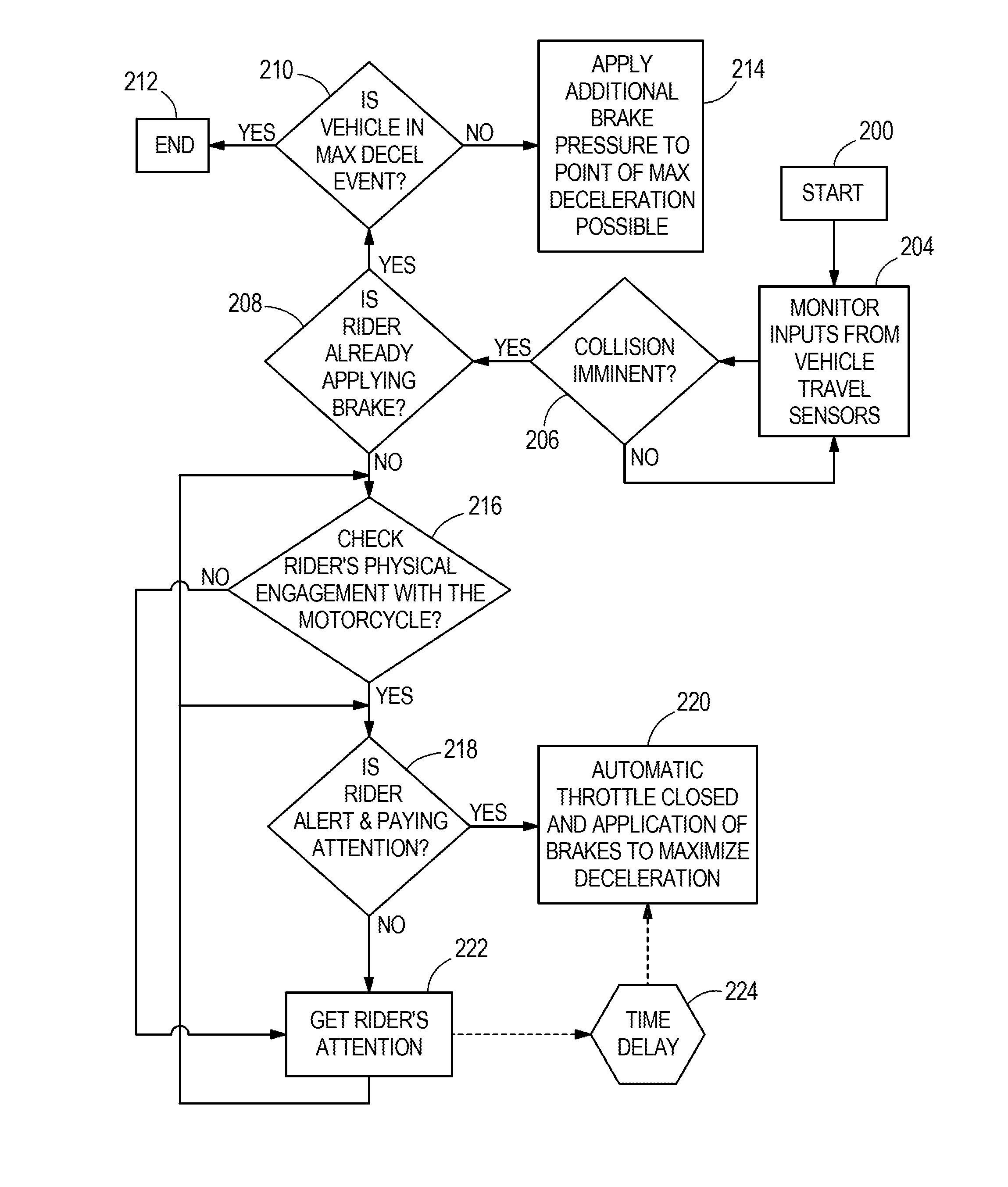Harley Davidson, in a surprising PR stunt, has gone on record showcasing its future plans over the next five years in great detail. Blowing the door wide open, HD gave us a peek at all their new products coming in the next five years including new internal combustion engines (500cc, 750cc, 975cc and 1,250cc) that will go onto 16 new models and its Project LiveWire models.
Fresh information just came in with regards to a new patent filing by the Milwaukee brand suggesting ‘Emergency Autonomous Braking System’ in the event of a collision. The system will make use of multiple sensors to study the surroundings as well as the alertness of the rider before it intervenes to activate the braking systems autonomously.
Harley-Davidson promised to give us 100 new models in the coming decade and has already showcased 12 new ones this year. Nine new Softails, the Street Rod, and two from the Sportster series – Iron 1200 and Forty-Eight Special. With 88 more to come, Harley has gone ahead and registered three new names for their new motorcycle models: ‘Bronx’ ’48X’ and ’Pan America’.
Amongst the new names was also Harley’s newfound love for the LiveWire electric motorcycle that will run on the "Revelation" powertrain. And now, as part of its brand new “More Roads to Harley-Davidson” growth plan through 2022, HD has showcased multiple concepts under the LiveWire bandwagon including the 2019 production ready LiveWire motorcycle.
With these patent images surfing the net, it is highly likely that the autonomous braking system will debut in one of these brand-new models in the near future. Harley Davidson will not be the first one to get this technology on two-wheelers. Honda has also applied for patents for Automatic Emergency Braking Technology.
Luckily for them, they already have something called the Collision Mitigation Braking System already implemented on their automobiles. For Harley-Davidson, however, this is a whole new venture. The relatively straightforward technology will make use of multiple sensors including cameras, RADAR or LIDAR, to access the environment around the rider and the motorcycle.
Once it detects an obstruction approaching, the controller predicts any imminent collision and ascertains if the rider is already applying brakes and slowing down. If not, the controller then makes use of additional cognitive sensors to determine whether the rider is physically or mentally prepared for emergency braking using sensors on the handlebar and the seat, or in the rider’s helmet.
If it senses the rider not being prepared for emergency braking, the system will send out various warning indicators, both visual and audible, or might also set the handlebar and the seat with haptic vibrations. The system will also try to apply pulsating braking and closes the throttle in half, just enough to catch the rider’s attention and waits for a brief period of time before autonomously applying the brakes and slowing down the vehicle.
If the rider is already applying brakes, the system will assist by applying additional braking pressure. In some situations, it is best if the rider does not apply brakes and instead undertakes evasive maneuvers to avoid crashing into the obstacles. The images don’t specify precisely how the system will be overridden if the sensors determine the same. But I’m sure HD has thought of this too. Maybe tethering the cornering ABS function too?.




